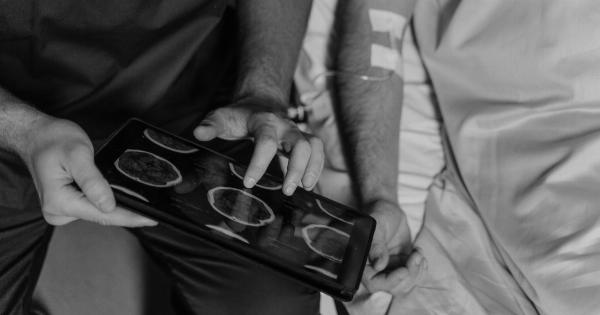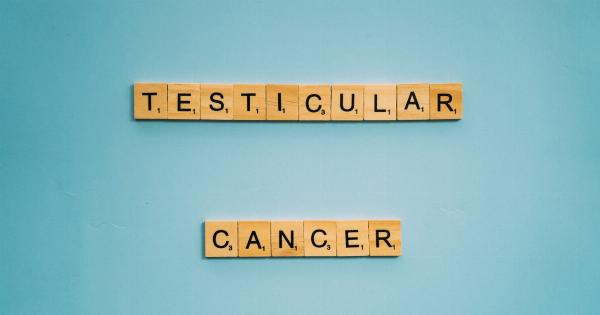Testicular cancer is a relatively rare form of cancer that affects the testicles, which are the male reproductive organs responsible for producing sperm and testosterone.
While it is not as widely known or talked about as other types of cancer, it is important to understand the surgical treatment options available for this disease. This comprehensive guide aims to provide an in-depth overview of the surgical treatment methods for testicular cancer.
Understanding Testicular Cancer
Before delving into the surgical treatment options, it is essential to have a basic understanding of testicular cancer itself. Testicular cancer occurs when abnormal cells in the testicles begin to divide and multiply uncontrollably, forming a tumor.
This tumor can be either benign (non-cancerous) or malignant (cancerous).
Diagnosis of Testicular Cancer
The first step in determining whether an individual has testicular cancer is through a thorough physical examination, including the examination of the testicles.
The doctor may also order certain tests, such as blood tests, ultrasound, and a biopsy to confirm the diagnosis.
Types of Surgical Treatment
Once a diagnosis of testicular cancer is confirmed, there are several surgical treatment options available.
The specific choice of treatment depends on various factors, such as the stage and type of cancer, as well as the patient’s overall health.
1. Radical Inguinal Orchiectomy
The primary surgical treatment for testicular cancer is a radical inguinal orchiectomy. This procedure involves the surgical removal of the affected testicle through an incision in the groin area.
It is important to remove the entire testicle to ensure complete removal of the tumor.
2. Retroperitoneal Lymph Node Dissection (RPLND)
In cases where the cancer has spread to the lymph nodes in the abdominal area, a retroperitoneal lymph node dissection (RPLND) may be recommended.
This procedure involves the removal of the lymph nodes in the retroperitoneal space to prevent the spread of cancer further.
3. Radiation Therapy
Radiation therapy uses high-energy rays to target and kill cancer cells. It may be used as a primary treatment for testicular cancer in some cases, especially when the tumor is confined to the testicles.
It can also be used as an adjuvant therapy after surgery to destroy any remaining cancer cells.
4. Chemotherapy
Chemotherapy involves the use of powerful drugs to kill cancer cells throughout the body. It is often used as a primary treatment for testicular cancer that has spread beyond the testicles.
Chemotherapy can also be used in combination with surgery to ensure complete eradication of cancer cells.
5. High-Dose Chemotherapy with Stem Cell Transplant
In rare cases where testicular cancer does not respond to conventional chemotherapy, high-dose chemotherapy with a stem cell transplant may be considered.
This intensive treatment aims to destroy cancer cells more effectively and replace the damaged bone marrow with healthy stem cells.
Recovery and Follow-Up Care
After undergoing surgical treatment for testicular cancer, it is crucial to follow the recommended recovery guidelines provided by the medical team.
This may include taking medications, attending regular follow-up appointments, and making lifestyle changes to promote overall health and well-being.
Potential Complications and Side Effects
Like any surgical procedure, there are potential complications and side effects associated with treating testicular cancer. These can include infection, bleeding, infertility, hormonal changes, and psychological effects.
It is important to discuss these potential complications with the healthcare team to fully understand the risks involved.
Conclusion
Surgical treatment plays a vital role in the management of testicular cancer. From the initial diagnosis to the various treatment options available, it is crucial to have a comprehensive understanding of the surgical procedures commonly performed.
By working closely with a healthcare team and following the recommended guidelines, individuals can increase their chances of successful treatment and long-term recovery.
























